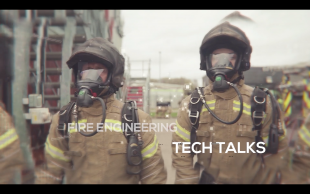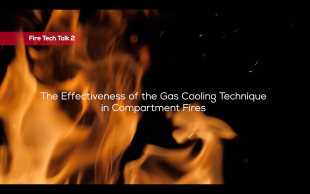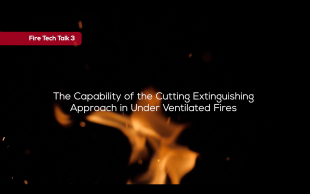Tech Talk 1 - Basement Fires
A final report of the “Strategies For Fire-Fighting In Basements” project (2016) is available below, see attachments. The main relevant works concerning basement fires and backdraught which have been identified in the literature are listed and summarised. Initial experimental work (WP1) is described and discussed. Four modes of burning behaviour are identified and the conditions under which they may exist are defined. The outcome of preliminary discussions with various fire brigades (WP2) are discussed. In general, the operational guidance is not to ventilate or let the fire ventilate itself naturally. Experimental results using a larger, two room, basement apparatus (WP3) are presented. A test setup and procedure has been defined which promotes conditions which consistently lead to flashover and backdraught in the apparatus. It is shown that backdraught conditions can generally be avoided by opening both vents in quick succession, creating a cross-flow situation. In situations where cross-flow ventilation cannot be used, dilution may be the best mitigation technique. This requires further research beyond this project.
Tech Talk 2a - Gas Cooling - The Science
Tech Talk 2b - Gas Cooling - The Practicalities
The final report of the “Effectiveness of the Gas Cooling Technique in larger compartment fires” project (2017) is available below, see attachments. This work has been split into two Tech Talks.
Tech Talk 3 - Cutting-Extinguishing
The final report of the "Capability of the 'cutting-extinguishing' approach in under-ventilated fires" project (2018) is available as an attachment below. The primary conclusions from that study are that:
- The crucial factor in minimising the likelihood of backdraught is not the duration of spray action, but rather is the compartment temperature.
- In order to minimise the risk of backdraught, the average upper layer compartment temperature needs to be reduced to below 180°C using the water spray.
- The effectiveness of the water spray in cooling the compartment temperature is unrelated to the relative locations of the injection point and the fire. That is, fire-fighters do not need to know the fire location to effectively cool the compartment.




